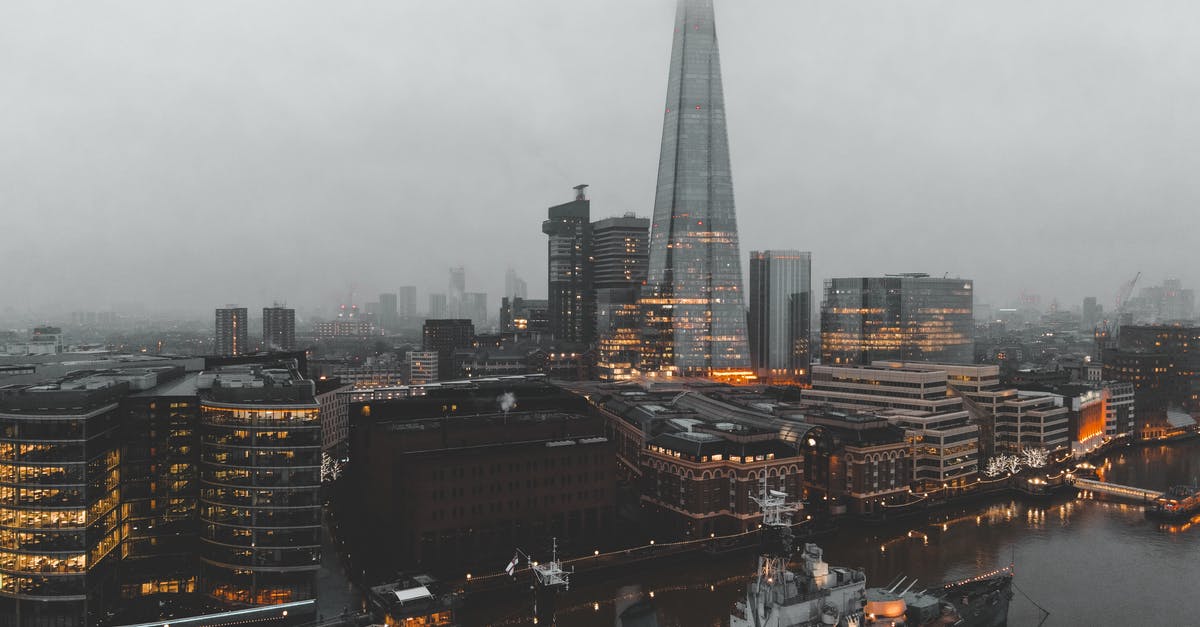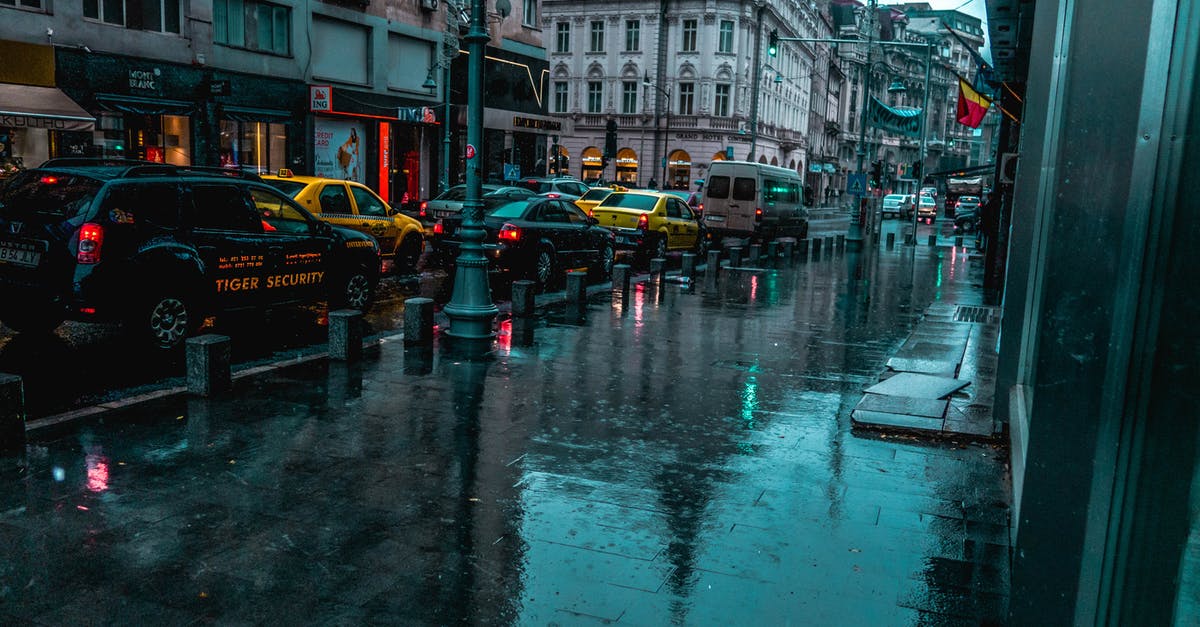How does the Central London transport system work?

I am wondering how the transport system in Central London works.
What ticket do I need to travel in the centre all day? Is there a top-up card I can use?
Best Answer
Peter Green's answer is an excellent summary of payment methods, but I'd like to add a few more things about some practical aspects of travelling in the centre of London:
Day-to-day transport
In central London, the London Underground is by far the quickest way to travel - much quicker than going by bus or usually even by taxi. If you're in a hurry, do this. When using the Underground, there are two things you want to know - which compass direction you're travelling in (platforms are signed for example as Eastbound or Westbound), and that you should stand on the right hand side of escalators (if you're in a hurry, you can walk on the left hand side). There is no phone signal on most Underground lines, and station stops (where Wi-Fi is available) are usually only brief, so knowing where you're going before you go underground will save you trouble.
When it comes to the Underground, though, it's also worth pointing out that there are occasionally stations where it might look quicker to take the tube on the map, but really a walk would be better.
- Most famously is Covent Garden tube station, which has only lifts/elevators (no escalators like most central stations) and gets very crowded in peak tourist times (meaning it can take a long time to exit the station), but is an incredibly short walk from Leicester Square and only a slightly longer walk from Holborn stations.
- If you're tempted to change onto the Piccadilly Line from the Northern or Central lines to get to Covent Garden - don't bother, just exit at Leicester Square or Holborn and walk above ground.
- As a rule of thumb, the newest Jubilee and Victoria lines are generally the fastest, followed by the early-1900s Northern/Piccadilly/Bakerloo/Central/Waterloo & City lines, followed by the mid-Victorian so-called sub-surface lines (Metropolitan/Circle/District/Hammersmith & City). The latter, however, are more comfortable, with more spacious, air-conditioned trains, due to the way the lines were built (by digging up the roads, putting the lines in, then putting the roads back, as opposed to the later lines which were built using "proper" tunnelling methods) - this is also why these four are the lines where you're most likely to get a phone signal.
- To help you plan walking versus taking the Tube, there is a Walking Tube Map on the TfL website, which shows the walking times between adjacent stations.
However, if you're on a budget, or you're just not in a hurry, and if you're not particularly interested in trains, or the London Underground's heritage, you may find it more enjoyable to travel above ground on buses, as obviously in that case you can see the sights while you're travelling. Though there isn't a general bus map produced any more, most journey planners (including TfL's own, the excellent CityMapper, and Google Maps) will show bus-based options. London's buses are quite easy to travel on, especially if you're used to other parts of Britain where buses can be fiendishly complicated - in London, stops are always clearly announced and payment is straightforward with an Oyster or Contactless Card (see Peter's answer). Buses in London don't even require hailing these days - just standing confidently at the bus stop and looking the driver in the eye is enough to make buses stop.
More touristy (and interesting!) options
No answer about travel in central London from a tourist's perspective would be complete without mentioning a few of the more esoteric methods of transport. These might be more expensive than other methods, but they can be quite enjoyable.
As mentioned in a comment to Peter's answer above, there are the Riverboat (Thames Clipper) services. These operate along the River Thames, so if your origin and destination aren't both close to the river you're kind of out of luck! But if they are, you have the option of catching a boat from a pier. This is more expensive than buses and the London Underground, and also isn't included in Travelcards (though Travelcard holders can get a discount), but it's a very enjoyable, and also surprisingly speedy, trip along London's famous river. As with most London transport you can pay with Oyster or Contactless credit/debit cards, and you can also buy paper tickets from machines.
If you're in the North Greenwich and/or Custom House areas and fancy an excuse to go on a nice tourist attraction, there's the cable car (currently branded as the Emirates Air Line). This is a trip across the Thames in a pod hanging from a wire suspended above the river. It's ostensibly a mode of public transport, but it's really ust a tourist attraction. But it's a pretty great one - you get nice views of London and of the river. If you do need to get from North Greenwich-Custom House and you don't mind spending a little more and taking a little longer, this is a nice way of doing it!
Finally, there's the bus route 15H, the Heritage Routemaster bus. These are the "classic" 1950s-designed red London buses with the frontend that looks like an old car and the open platform on the back which you can jump on and off at any time and from which a conductor takes your fare. Now, unfortunately, these don't take contactless debit/credit cards, but they do take Oyster cards (I'm not sure how much they cost), as well as paper Travelcards (no additional charge) (trivia: these are the only things which take Oyster card but not contactless payment cards). They run from Tower Hill (for the Tower of London and Tower Bridge, the one that lifts in the middle) along the north bank of the Thames to Trafalgar Square (for Nelson's Column), via St. Paul's Cathedral (along with plenty more sights!); now on weekends and bank holidays only. If you're a tourist who wants to travel on a classic London bus and see some classic London sights, this is a great way of doing it!
Pictures about "How does the Central London transport system work?"



How does transportation work in London?
TfL operates three different railway systems across London. The largest is the London Underground, a rapid transit system operating on sub-surface lines and in deep-level "tube" lines. TfL also operates the Docklands Light Railway (DLR), an automated light rail system in the east of the city, and the Tramlink system.What are the main methods of transportation around London?
How to Get Around London: A Guide to Public Transport in London- Underground \u2013 \u201cThe Tube\u201d
- Overground.
- DLR (Docklands Light Railway)
- Rail Services.
- Bus.
- Tram.
- Emirates Air Line.
- River Boat.
How does the London Tube system work?
The Tube network has 11 lines. The Tube fare depends on how far you travel, the time of day, and whether you use a single fare paper ticket or a payment card. Oyster cards or contactless payments are the cheapest ways to pay for Tube journeys.How do you get around central London?
The best way to get around London is the rapid-transit London Underground, or what locals call "the Tube." You can even take the Tube from Heathrow Airport (LHR) \u2013 one of the world's busiest airports \u2013 into the city center....Trams have the same fares as buses.How to Use Public Transport in London Like a Local
More answers regarding how does the Central London transport system work?
Answer 2
Don't forget walking. Central London is small, and it may sometimes to be as quick to walk from A to B, and much more interesting. London is crammed with interesting buildings, squares and sights, so much so that when I visit London I always walk if I have the time.
Answer 3
These answers are comprehensive, but IMO too verbose and overwhelming for a visitor who is new to the system.
Put simply:
All buses & underground trains accept contactless credit/debit card (or android/apple pay) which is the simplest way to pay and guarantees you will not pay more than the daily cap.
If you do not have a contactless credit/debit card, purchase an Oyster top up card from a station and use this instead.
Get a good travel app such as citymapper to help plan your travel or else pick up a tube map from a station
Answer 4
Just to add to the other (excellent) answers, another option for travel in London might be to hire one of the TfL Santander Bikes (or 'Boris Bikes', as they used to be known).
Admittedly, for the novices this is probably only a good idea at a quiet time on a day with good weather, but if the conditions are suitable then it's a pleasant way to get around London. It's also cost-effective, as you pay £2 for a daily fee then if you can manage it such that each trip is less than 30 minutes 'dock-to-dock' then all trips that day are free. (Otherwise it's another £2 for each 30-min period in a trip after the first 'free' one.)
There's a phone app from the App Store or Google Play that shows docking stations locations and bike & free space numbers, which helps planning trips during the day, so you can see what your options are as the day progresses.
Sources: Stack Exchange - This article follows the attribution requirements of Stack Exchange and is licensed under CC BY-SA 3.0.
Images: Ollie Craig, Alex Pham, Kelly L, Maria Orlova
